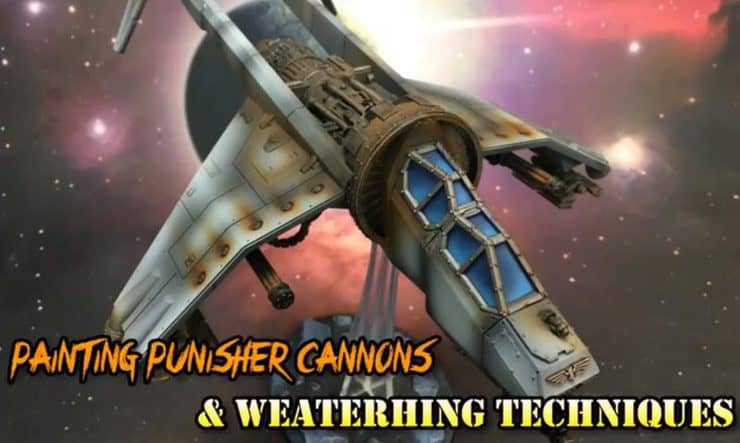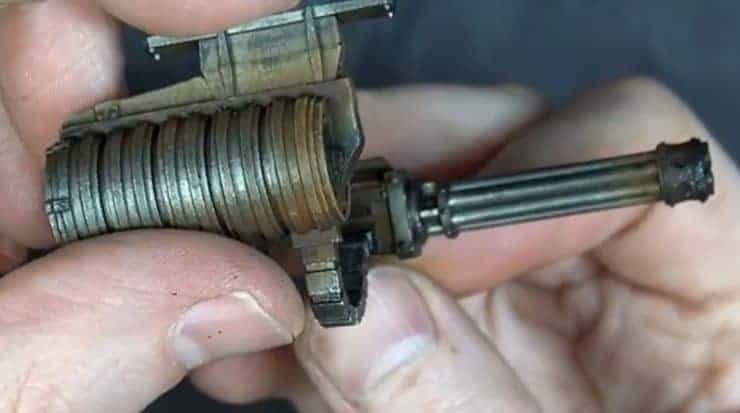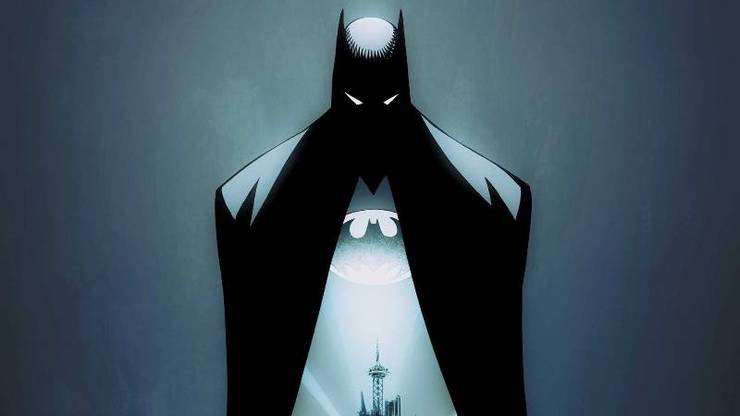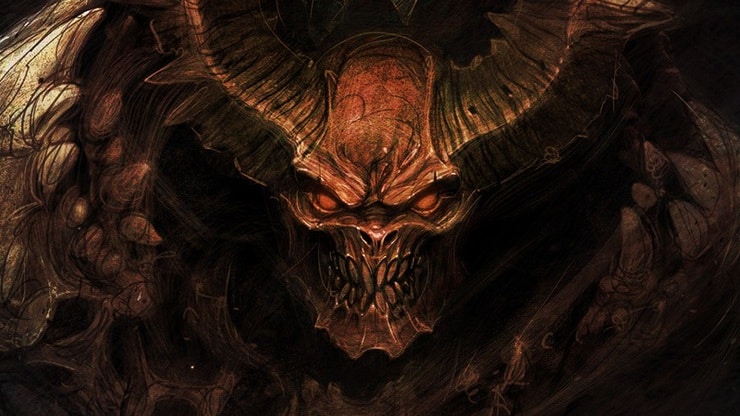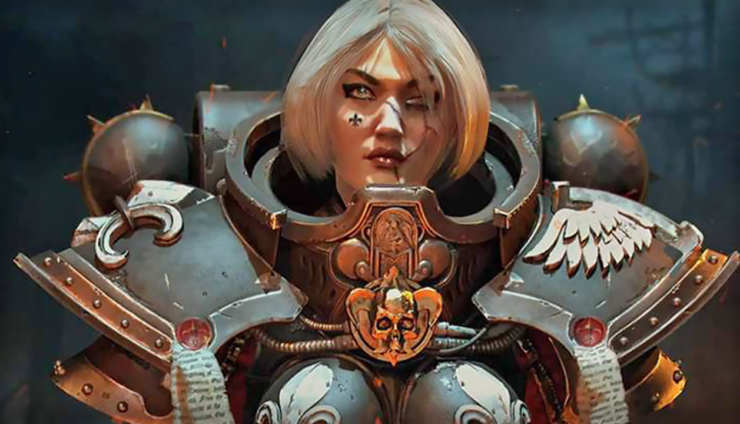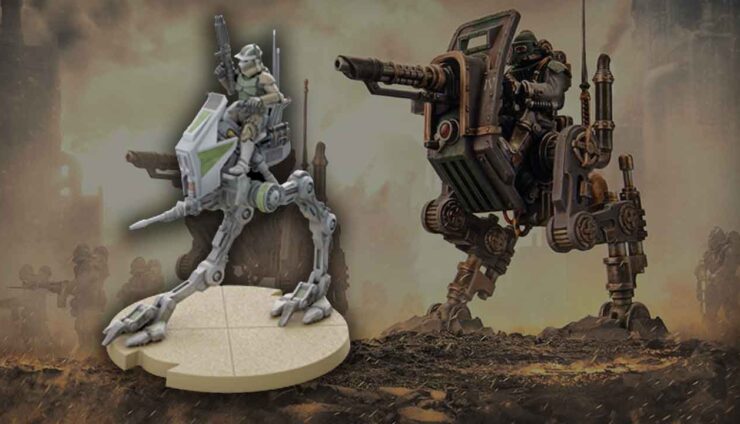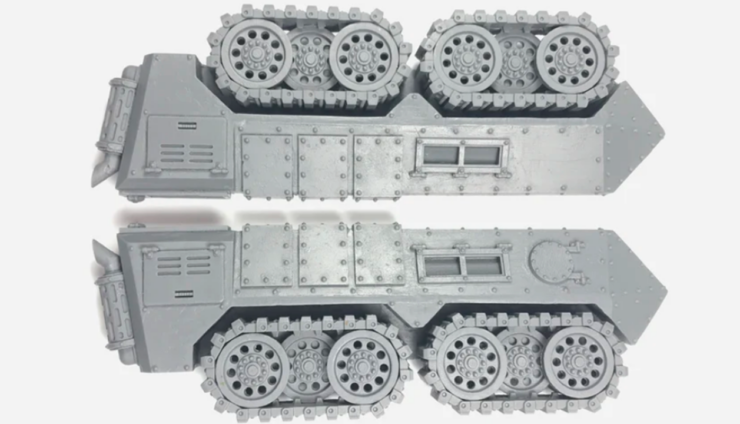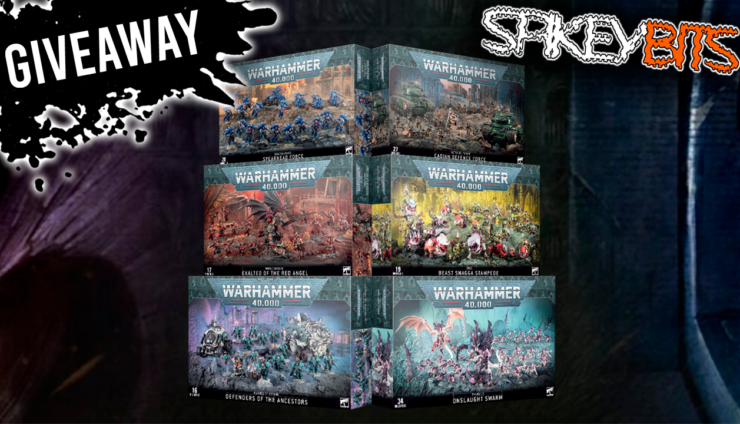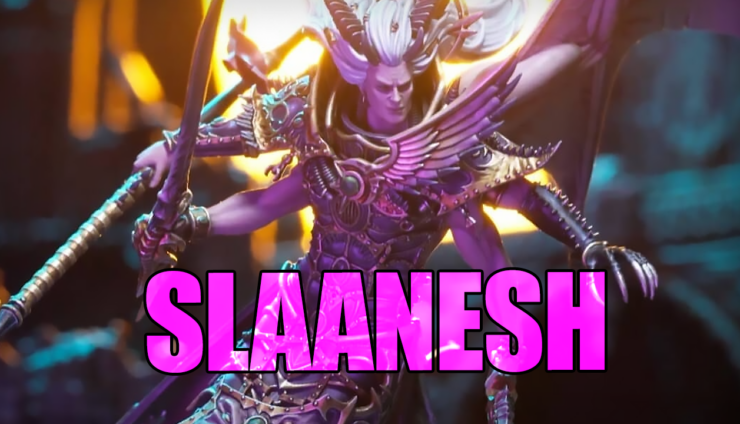Learn how to paint weapon barrels and weathering techniques for metal that are easy, and make your models pop on the tabletop.
Getting the right amount of paint in the right places is the key to making models look fantastic on the table. Weathering makes them pop even more!
Combining metallic paints and weathering techniques is a great way to make weaponry pop. For those Punisher Cannons,that involves using silvers, browns, and blacks to enhance the idea of being used in battle over and over again. Take a look at the entire process by scrolling down and pressing play on the video below!
First step is to apply metals to the gun. Plate Mail Metal by Army Painter is applied by airbrush to give a smooth, solid metallic base coat. To wash the metals, a custom mix of 50/50 Nuln Oil and Agrax Earthshade (plus a hint of Reikland Fleshshade) is used to give the metals a used, dirty look. This is applied using a chisel brush from top to bottom, using gravity to help the wash get into the crevices. Once the wash is completely dry, Plate Mail Metal is used as a drybrush application to bring the edges up to a nice glow.
Reaper’s Harvest Brown is applied via airbrush to bring out brown highlights and get a more weathered and used look. These brown highlights fit best where dirt and ground would kick up onto the gun and barrel, as well as heat weathering. Next, Vallejo Air Black is applied to bring back the shadows and contrast. Bringing back the contrast gives the weathering a more aged and burnt look.
Next weathering step is to sponge on Ungor Flesh by Games Workshop, dabbing on to add some very light highlights. The Ungor Flesh should be applied mostly over the brown, because the “chipping” effect over black will change the entire look of the model. Over the black, sponge the Plate Mail Metal along some of the black and back onto the other metallic areas. This gives a chipped paint effect to the model, giving a great level of contrast.
Overall, the finished model has a great dirty and heated look, plus aged weathering with the chipped paint effect achieved through sponging. The final details take the longest, but those added details bring the model to life even more.
These techniques can be used on many different models and for different effects, including tank treads and different weaponry. For a more in depth look at the process, be sure to press play on the video below!

